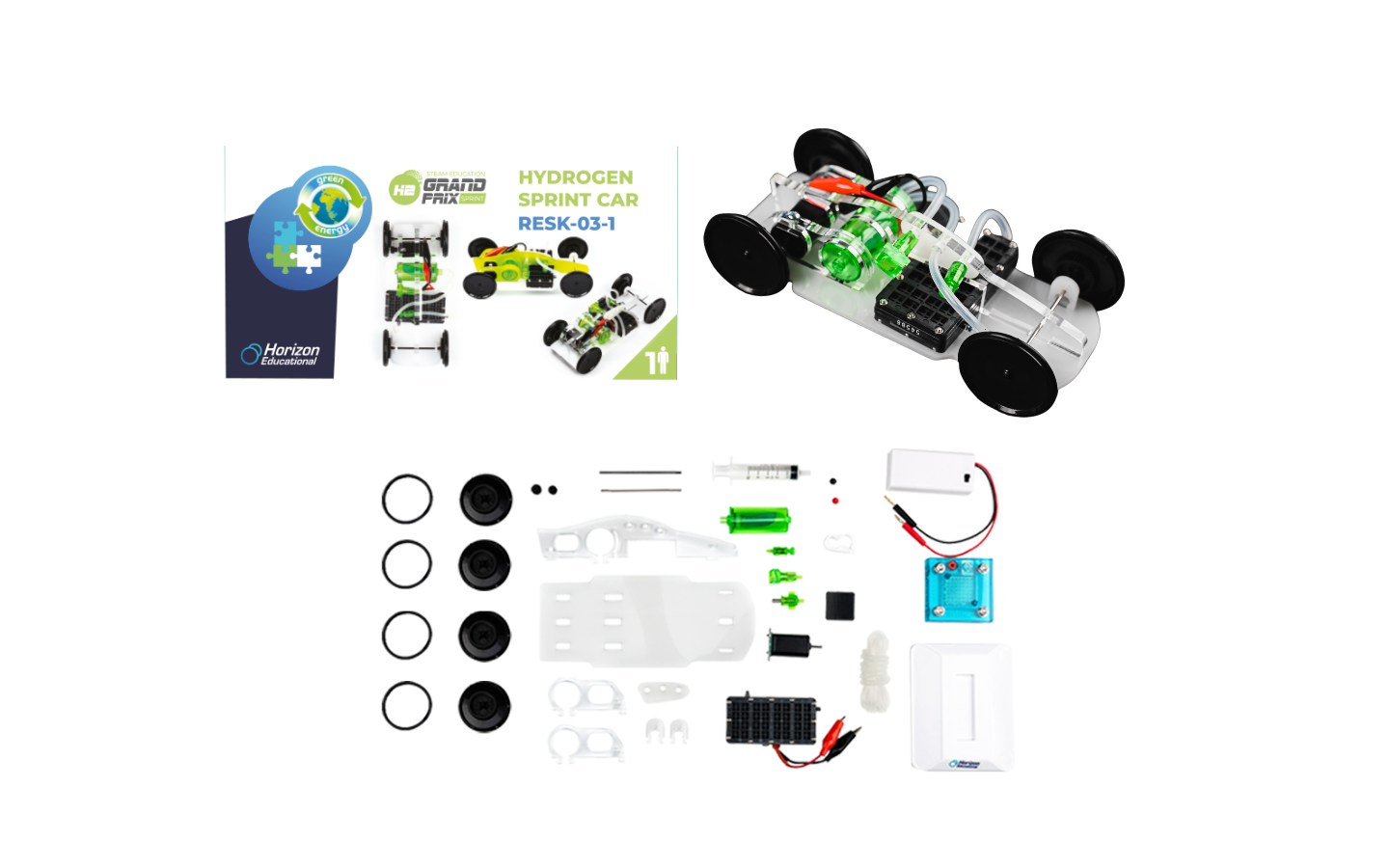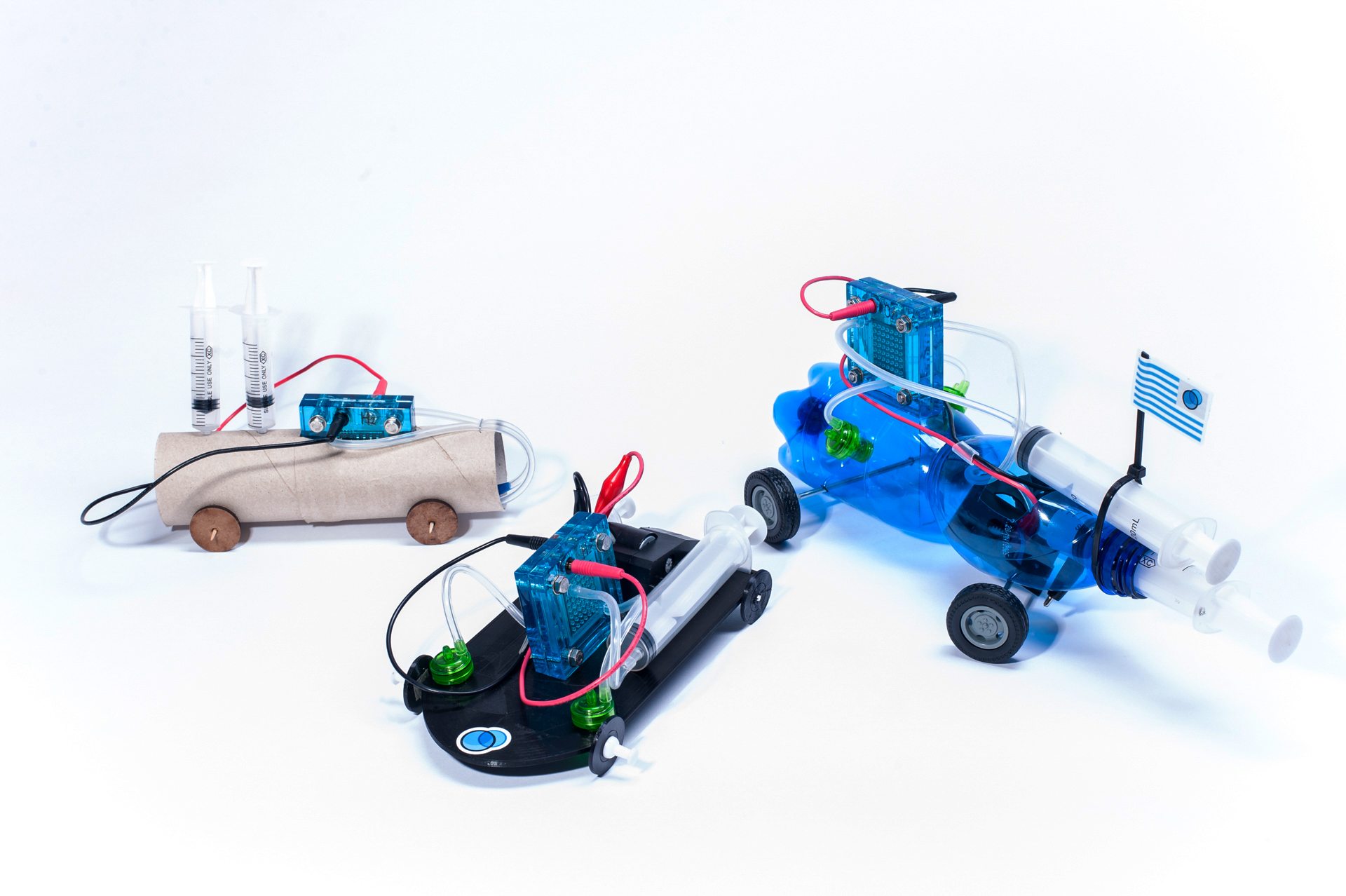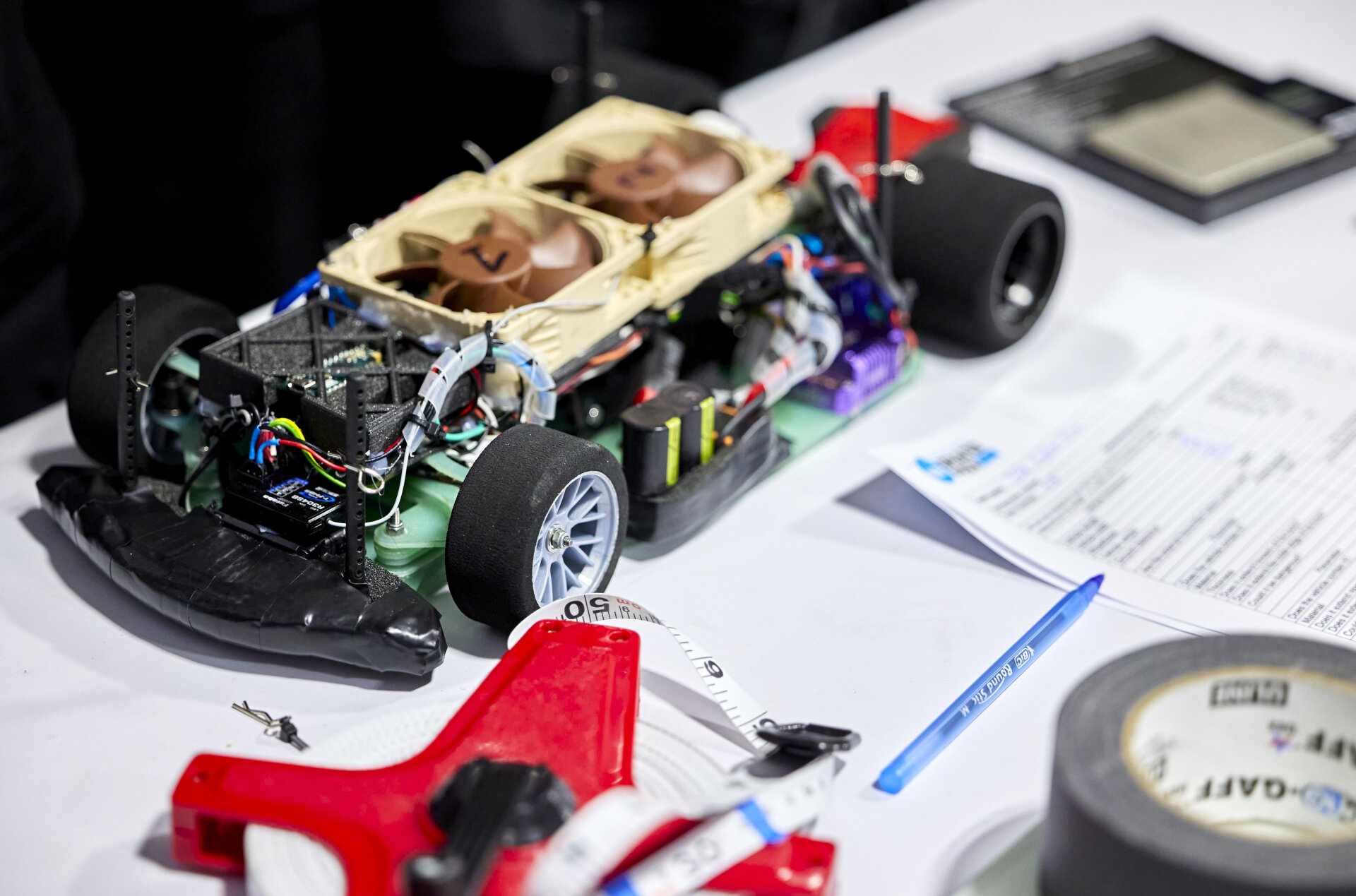7 Engineering Education Tools Available Today
Education isn’t what it used to be. Those of us who are a little bit older remember the days of rote learning, with students standing in front of a classroom, reciting facts, copying out text to memorize it. Thankfully, those days are long gone.
Today education, and especially engineering and STEM education, is marked by kids being encouraged to learn through mistakes. They’re given freedom and independence to design their very own engineering tools to solve real-world problems. If something goes wrong, or a system doesn’t work, teachers are there to guide rather than prescribe a solution.
But what tools do teachers have to engage students with engineering and STEM? And how can these tools empower students to solve some of the world’s most pressing challenges? In this article, we’ll take you through 7 of the most innovative engineering education tools on the market today.
1. Electric Mobility Experiment Set
The Electric Mobility Experiment Set allows students to power a table-top car with a variety of clean energy technologies: a hydrogen fuel cell, a salt-water fuel cell, solar energy, a super-capacitor and hand crank, battery and different forms of hydrogen (hydrogen gas and hydrogen hydride). After students engineer each solution, they’re encouraged to assess its strengths and weaknesses with the help of a dedicated curriculum with up to 17 hours of classroom time covered.
2. H2GP XPR Fuel Cell Science Kit
One of the most exciting engineering education tools out there today, the H2GP XPR Fuel Cell Science Kit gives elementary and middle school students the chance to build their very own hydrogen fuel cell-powered car. This car runs on hydrogen that the students make themselves using a PEM Blue Reversible Fuel Cell. After figuring out how hydrogen gas is created and used to power the fuel cell, students are encouraged to experiment with different materials to redesign the chassis.
3. Wind Energy Science Kit
One of the coolest tools available in the space of engineering education is a Wind Energy Science Kit. This kit allows students to build their very own miniature wind power generation system. The kit includes three different sets of blades profiled on NASA aeronautics. This means kids can experiment with blade pitch and angle to discover the optimum number of blades to generate the most electricity. Once electricity is generated, they can put their electrical engineering skills to the test. This means learning about all the parts of an electrical circuit, like resistors, inductors, capacitors, switches, and transistors.
4. H2GP SPRINT Car

The Hydrogen Grand Prix (H2GP) SPRINT car is the newest edition to the H2GP lineup of educational engineering equipment. Kids not only get the chance to engineer and build their own hydrogen-powered, 1:20 scale car, but they get the chance to race this car against peers from their school, town, region, and even students worldwide. With the dedicated curriculum, students can continually test their car, optimizing the design to achieve the best possible track times. The coolest part? The only emissions from the car are droplets of water vapor – so kids can be fascinated by the hydrogen technology while engaged to learn more.
5. Solar Hydrogen Science Kit
Future clean hydrogen production will rely on one thing: solar power. The Solar Hydrogen Science Kit empowers kids to engineer their very own solar–hydrogen energy system. Kids can convert the sun’s rays to electricity with a solar panel, before using this electricity to power an electrolyzer, creating green hydrogen. This green hydrogen can then be stored, generating electricity when no sunlight is available. The kit comes with a curriculum that covers 6 hours of classroom time, along with training videos that guide students in building the system.
6. H2GP PRO Car
The Hydrogen Grand Prix (H2GP) PRO program challenges students to design, engineer, construct and race their very own 1:10 scale hydrogen-powered car. Once this car is built, they compete in national and even international races, testing their clean energy engineering skills against the best teams from around the world. Every year the standard of competition improves, so kids are pushed to continually enhance their car. This means ‘hacking’ their fuel cell, making it more efficient. It means reengineering the car chassis and suspension, making the car lighter. And it means redesigning the entire car body, improving aerodynamics and style. The engineering skills students learn doing this directly translate into college acceptances and job offers once they graduate from the program.
7. Super Capacitor Science Kit
Imagine giving kids their own supercapacitor in class so they can understand how engineering inside the technology works. With the Super Capacitor Science Kit your class will be able to not only learn about the theory and principled behind energy storage, but you’ll be able to explore how this technology can be applied to real-world applications. Made from an extremely durable transparent ABS resin with nylon-plastic gears and handle, the kit is designed to withstand lots of classroom use. With a power output of 200mA and 6 volts, it can be used to drive a variety of demonstration equipment or lightbulbs. And, when powered by another kit or low-voltage power source, it can act as a motor.







